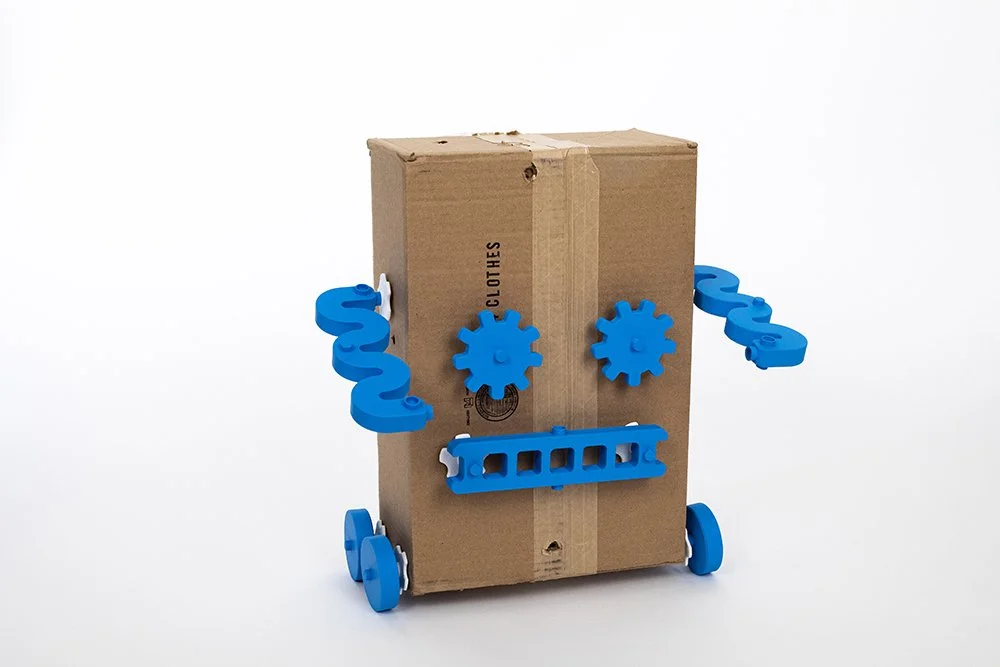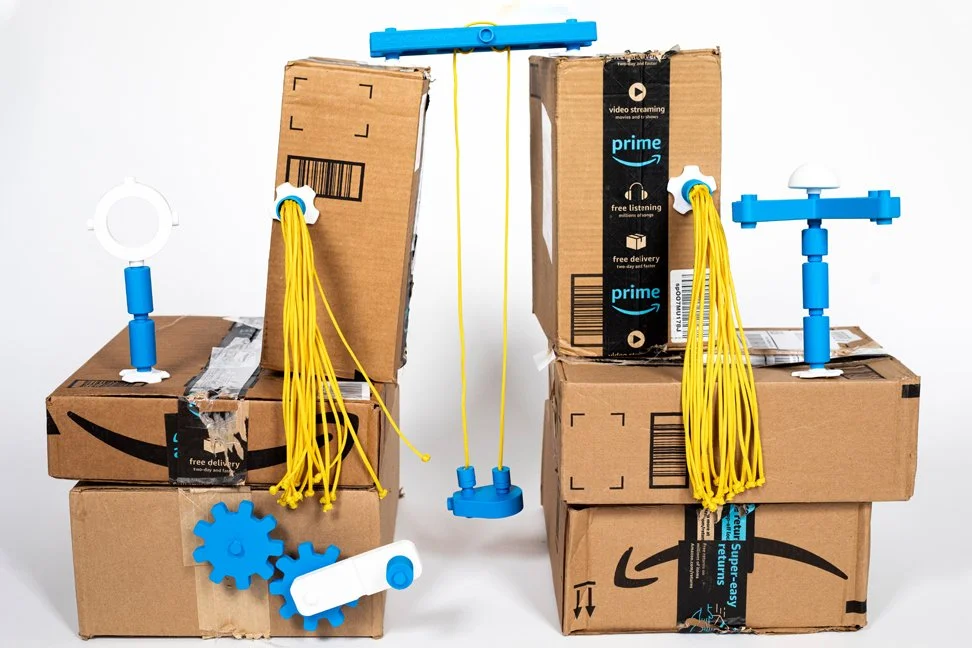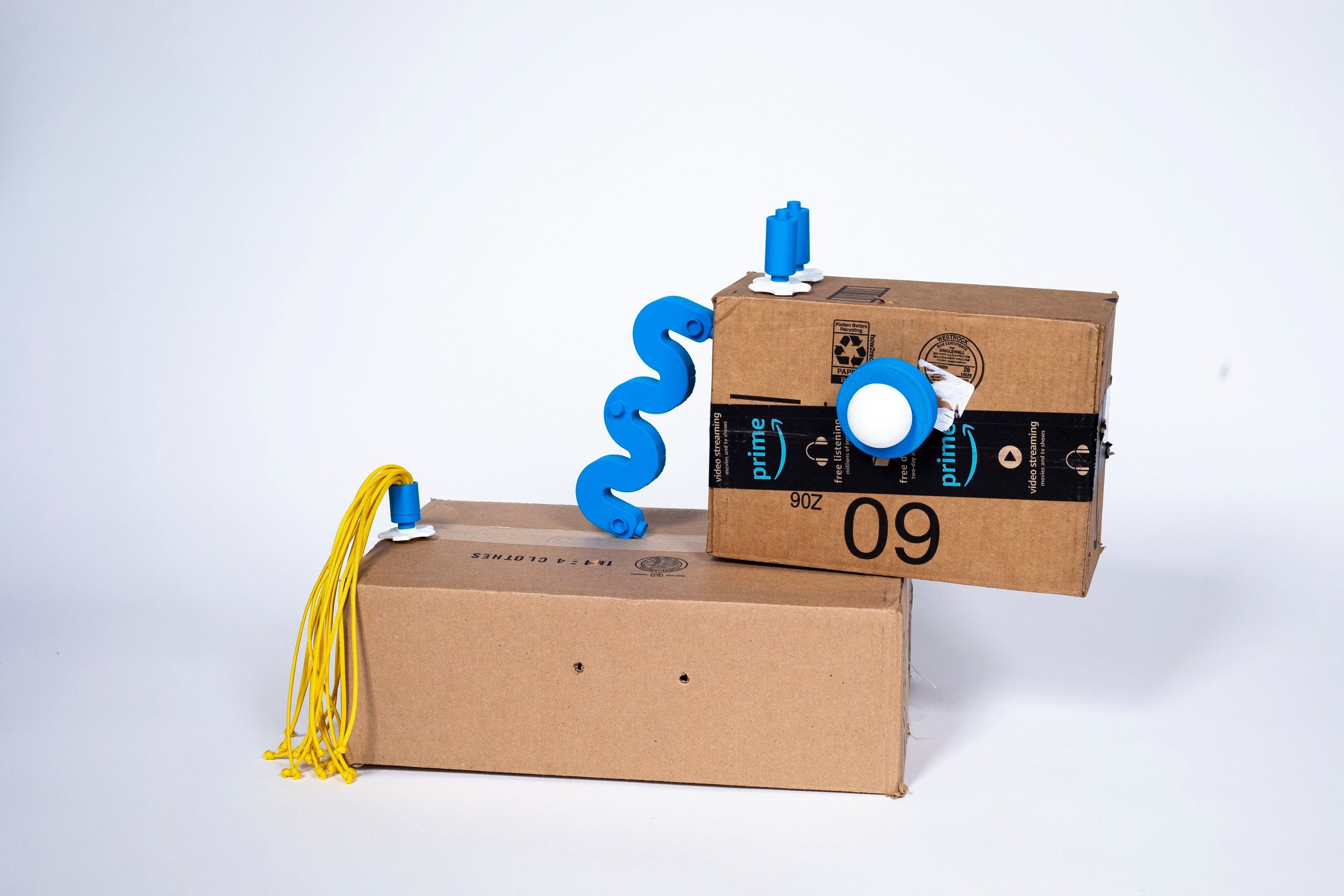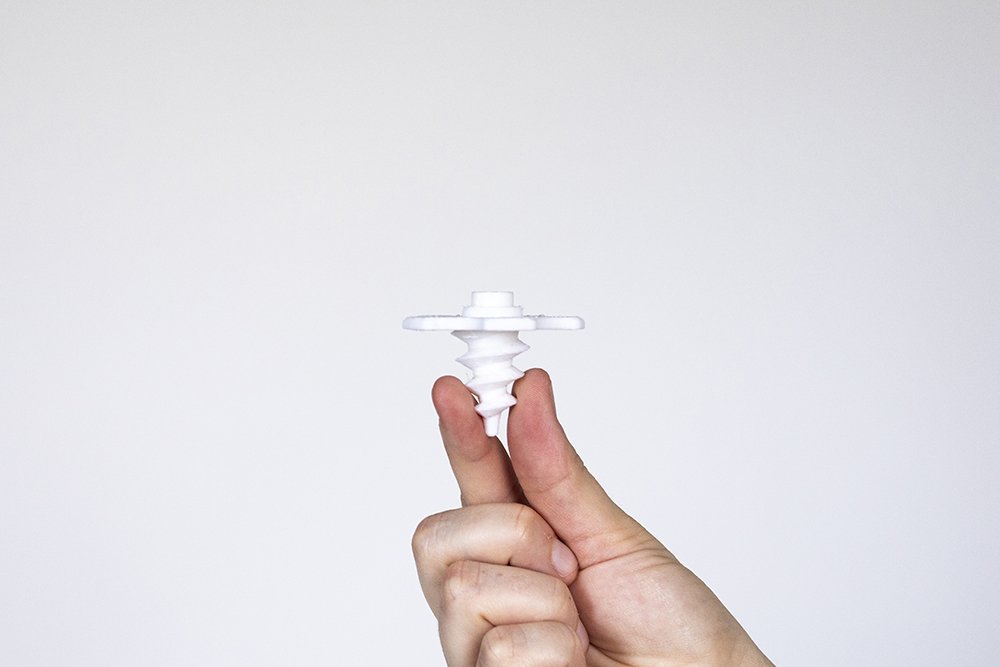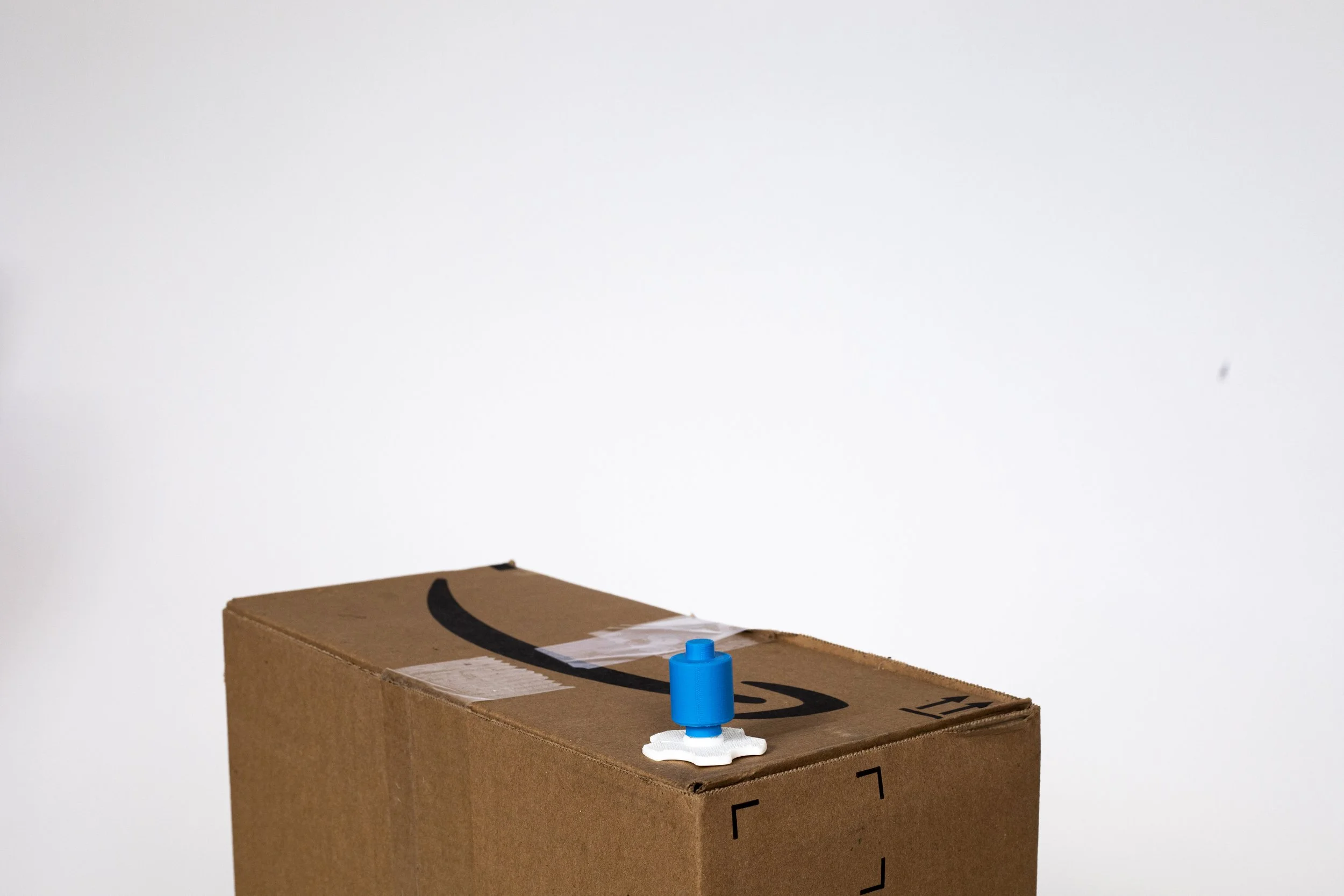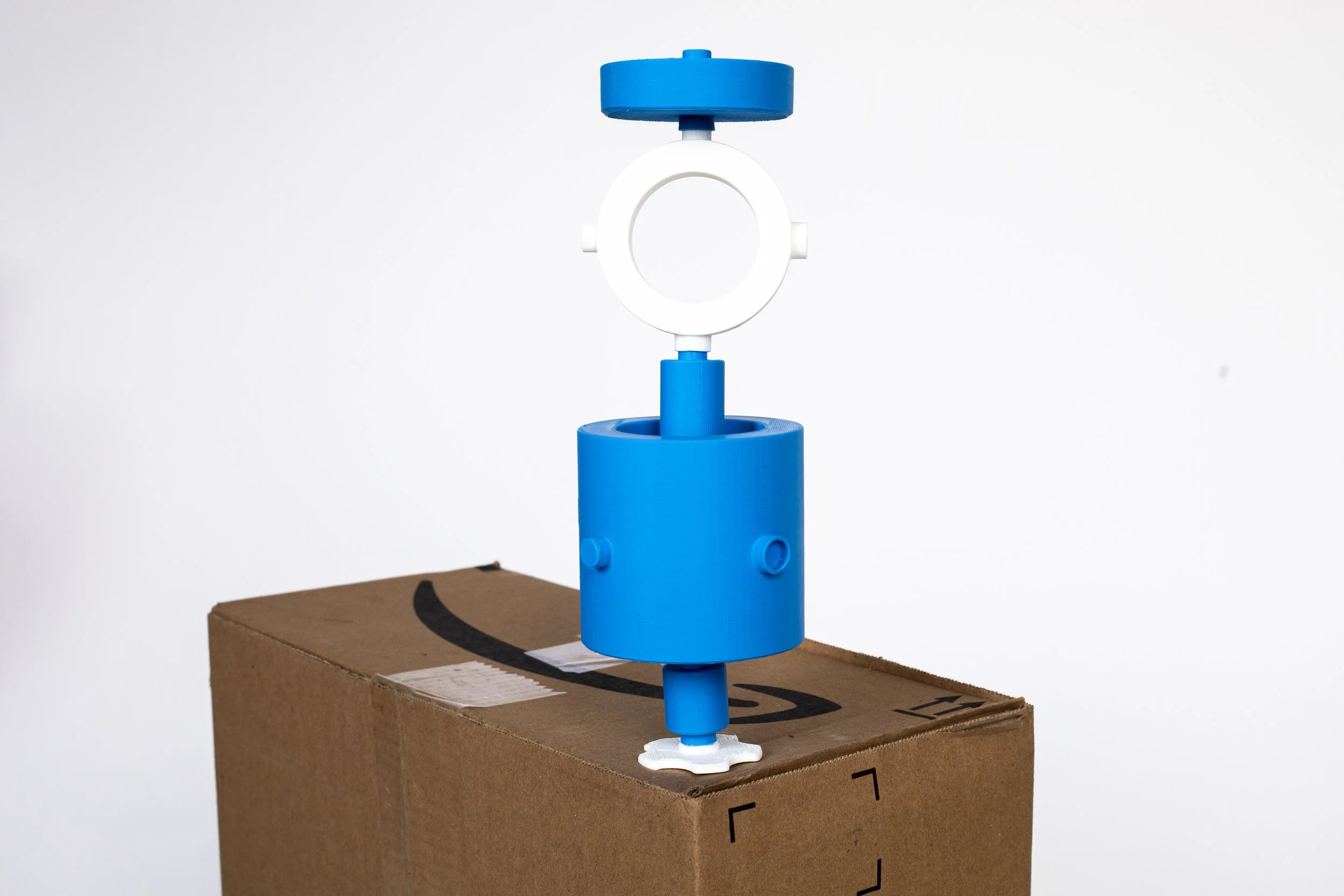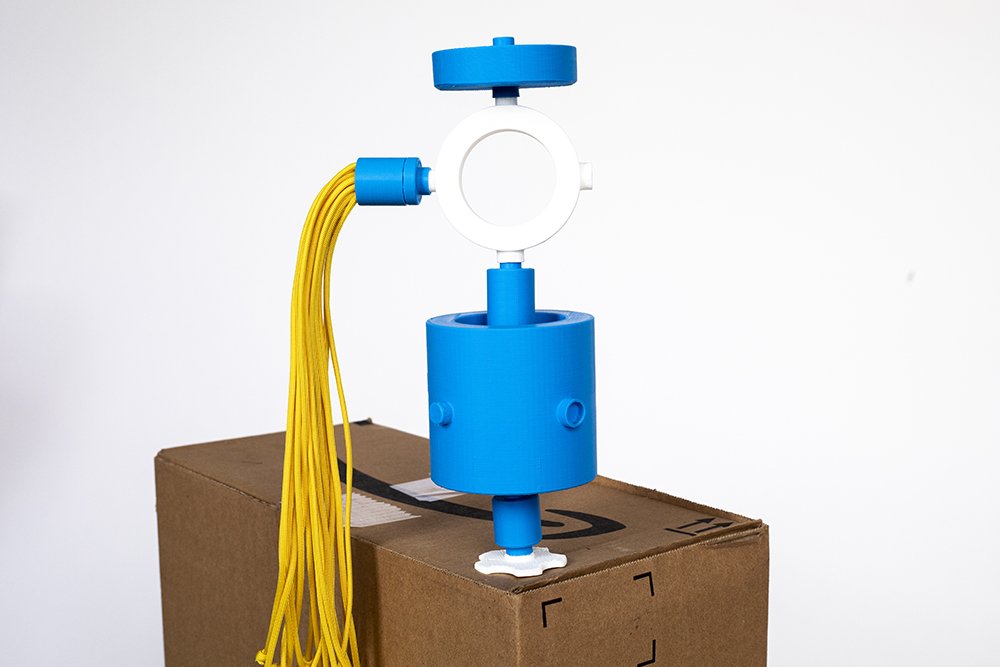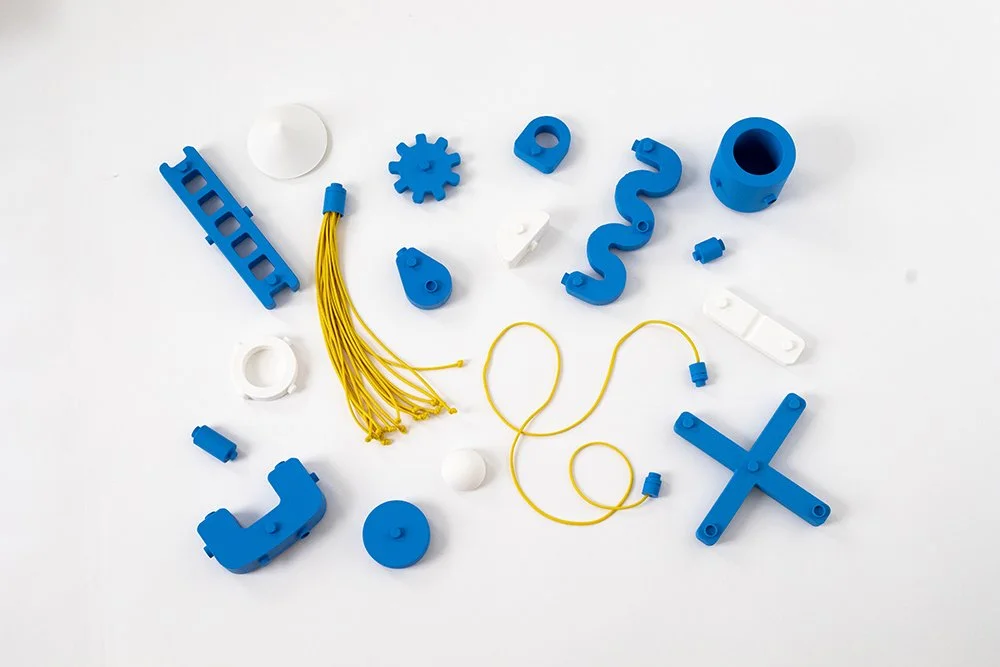Brain Bridges
Year-long design research project in partnership with KidsTeam at the University of Maryland’s Human Computer Interaction Lab.
Over the course of a year, I utilized participatory design methods in order to co-design a set of generative toys with a group of children. As proof of the cooperative inquiry method, we explored the role that boredom plays in children’s lives and techniques to enhance their efforts to overcome boredom. We took our project through traditional industrial design phases like research, ideation, prototyping, and testing; and designed a set of toys to spark imagination and creative play.
Despite a growing body of work in psychology, relatively few studies have examined children’s conceptions of boredom. Little is known about how primary school-aged children (7-13 years) view boredom or manage their feelings of boredom. Mass media outlets warn that today’s children are losing the ability to generate their own antidotes to boredom as they become more dependent on external sources for entertainment. However, the process of overcoming boredom is important in childhood development. It enhances creativity, self-expression, reflection, and problem solving skills.
I partnered with KidsTeam at the University of Maryland's Human Computer Interaction Lab. An inter-generational team made up of adults and children, KidsTeam practices a co-design method called Cooperative Inquiry to design new technologies for children ages 7 to 13. I designed and facilitated seven co-design sessions with KidsTeam. After each session, I reviewed all of the collected data including design artifacts, audio recordings, photographs, video footage, journal templates, and field notes. From this data, I identified recurring patterns and themes and translated these themes into key insights.
Brain Bridges
is a kit of shapes for kids to design, connect, and construct anything out of the cardboard boxes that they already have at home. Designed to spark imagination and creative play, the set includes fasteners to connect different boxes together and to attach an array of open-ended shapes to the boxes. So whether you have one box that you attach shapes to or you have ten boxes that you connect into a big structure, the kit provides scaffolding for children to transition into an imaginary world where boxes can be anything.
Awards & Publication
-
The research paper detailing our co-design sessions entitled, "It's just too much": exploring children's views of boredom and strategies to manage feelings of boredom, was presented and published at the ACM Interaction Design and Children Conference 2020
-
Brain Bridges awarded the Pratt Research Open House's Start Up Power Award in 2020
-
Brain Bridges presented at Design Indaba’s Antenna Show during Dutch Design Week in 2020
References
Druin, Allison. “Cooperative Inquiry: Developing New Technologies for Children with Children.” Proceedings of the SIGCHI Conference on Human Factors in Computing Systems the CHI Is the Limit - CHI ’99 , ACM Press, 1999, pp. 592–99. DOI.org (Crossref) , doi: 10.1145/302979.303166.
---. “The Role of Children in the Design of New Technology.” Behaviour & Information Technology , vol. 21, no. 1, Jan. 2002, pp. 1–25. Taylor and Francis+NEJM, doi: 10.1080/01449290110108659.
Mann, Sandi. The Science of Boredom: The Upside (and Downside) of Downtime. Little, Brown Book Group, 2017.






